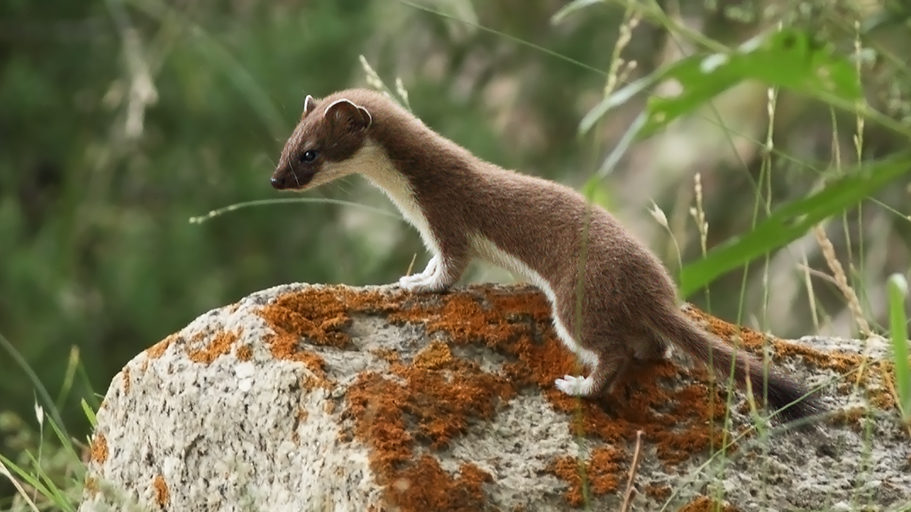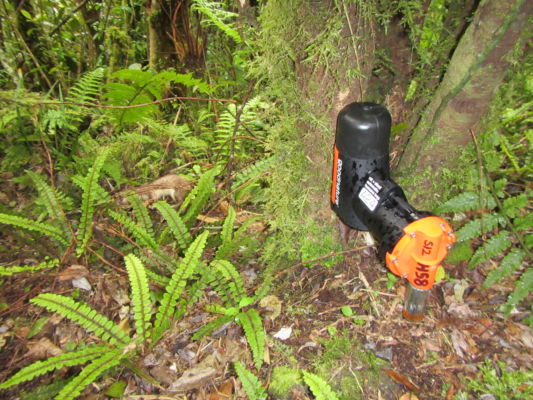The A24 self-resetting trap has been around for a year or two now, but development of the product and testing of its capabilities continues, along with evaluations of how best to utilise the traps in ‘real world’ predator eradications.

Darren Peters from DOC, along with the team from Goodnature have recently been putting A24s to the test in an island stoat eradication project in Fiordland, using and evaluating DOC best-practice methodology.
“This is the first stoat island eradication attempted with Goodnature A24 traps and was more successful than we could have hoped. This single tool appears to remove most of the resident stoat population and can remain in place to provide ongoing biosecurity. One stoat was caught three hours after the traps were set.”

Great Island (736 hectares) is in Chalky Inlet, Fiordland and is between 270 and 80 metres offshore. It had a standard uncontrolled population of stoats, monitored at 94% before the operation began. In October 2016, 220 Goodnature A24 traps and 160 monitoring tracking tunnels for stoats were deployed by volunteers and DOC staff. The network on Great Island was established using DOC best practice guidelines for ground-based island eradication of stoats using traps (1 trap per 6 ha).
Traps were set at 100m intervals on trap lines 300-700m apart based on the shape and topography of the island. Monitoring was established based on DOC tracking tunnel guides. The density of tracking tunnels was markedly increased by placing a tracking tunnel at every second trap site. Therefore, 105 tracking tunnels were set on trap lines and 50 tracking tunnels were set on 5 random transects.
Erayz was placed in bait cage and suspended from centre of tracking tunnel. Tracking cards were changed and all erayz bait replaced 5 times per year. CO2 canisters + GN ALP stoat lure were replaced twice per year.
Further details of the operation can be found here.

